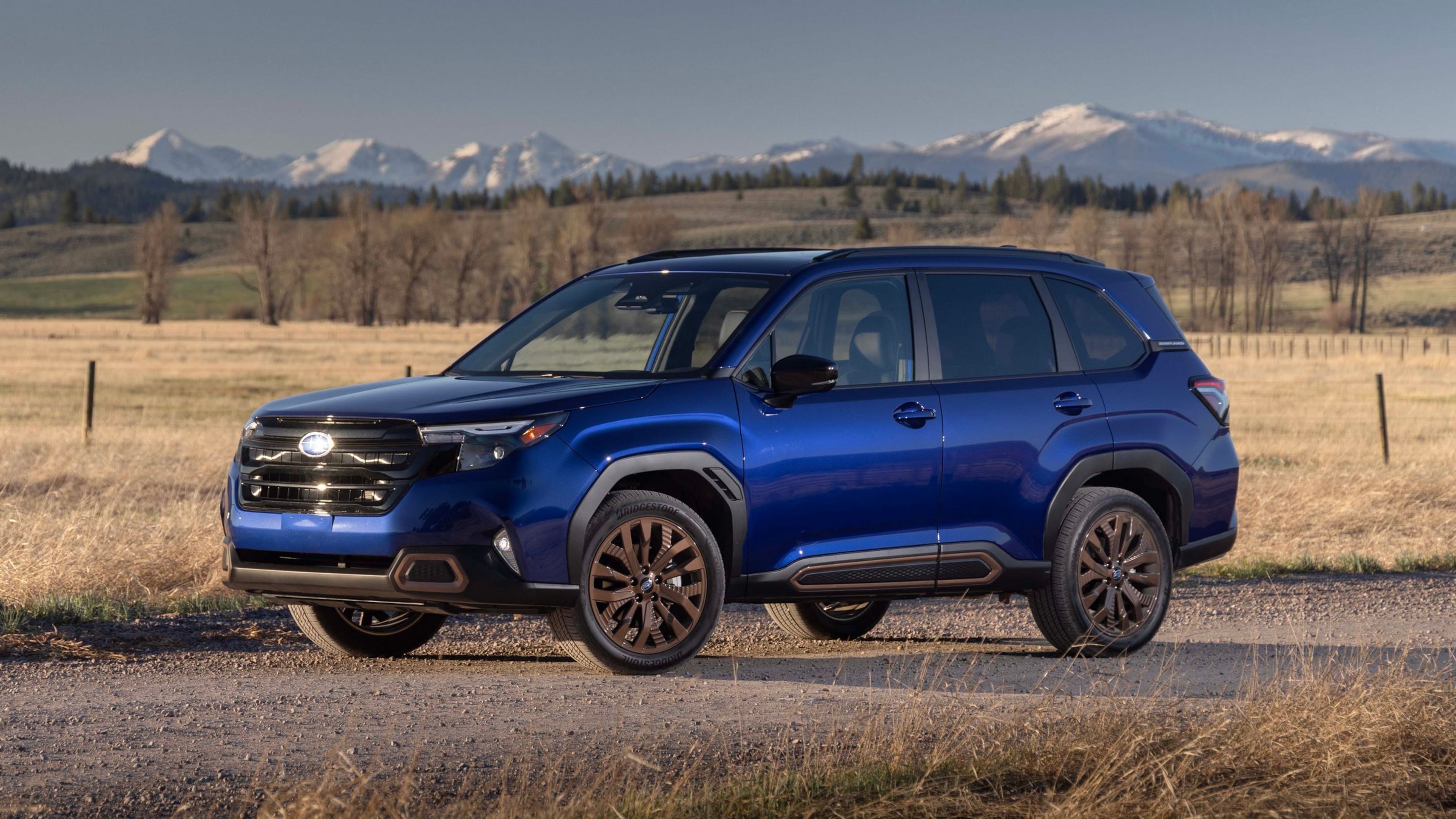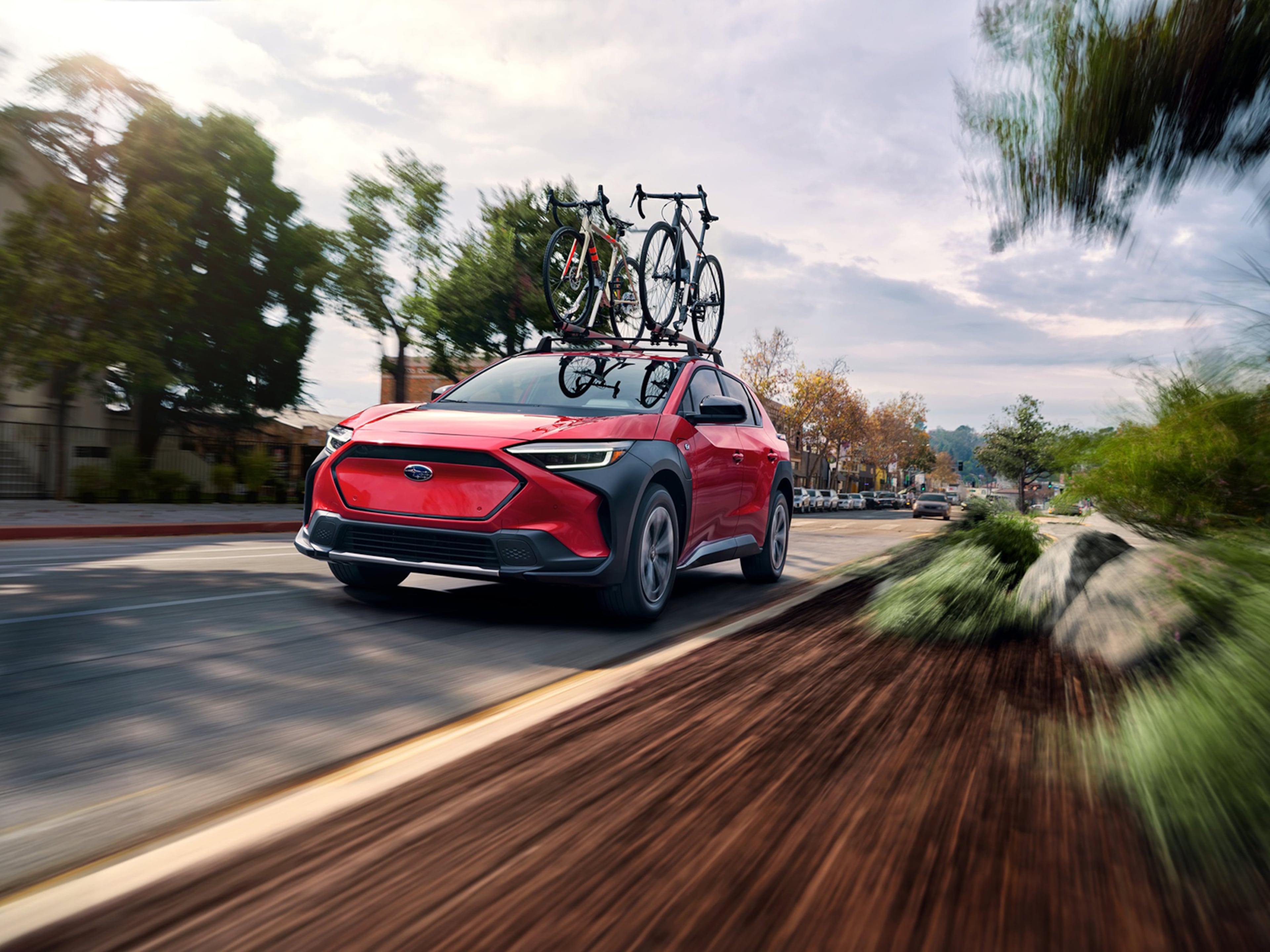Why are Subarus so popular?

For more than four decades, many Americans have had a love affair with Subaru cars and SUVs, and we see no sign that’s changing anytime soon.
It’s hard to think of a car brand with a more loyal following than Subaru, despite the automaker holding roughly 4% of the U.S. market. Although it’s not as large or deep-pocketed as the world’s automotive giants, Subaru has remained remarkably relevant — consistently posting strong sales, even in the Great Recession.
In 2009, as the global economy was still reeling, Subaru and the Hyundai-Kia group were rare outliers that grew U.S. sales while most rivals shrank; Subaru finished the year up 15% as the overall market fell 21%.
So, what about Subaru inspires such devotion and keeps buyers coming back? I have a few insights to share as someone who owns not one but two Subaru Foresters (a 2021 with 120,000 miles and a 2015 XT with more than 300,000).

A car that feels like a companion
Maybe it’s the clever commercials featuring dogs, or the ownership badges that proudly display how many Subarus you’ve owned — and what adventures you and your car have shared. Whatever the reason, Subaru owners often develop a deeply personal connection with their vehicles. Outside the Jeep Wrangler community, it’s rare to see so many drivers name their cars, talk to them like trusted friends, and even tear up when it’s time to say goodbye.
There are countless stories of Subaru owners walking away from serious accidents, and others praising their car’s ability to successfully get from point A to point B during the most brutal winters.
And then there’s the sense of community — a quiet comradery among Subaru drivers, not unlike an ongoing group chat on the highway. To many, a Subaru isn’t just a car — it’s part of the family.
Value, versatility and safety
No car is perfect, but Subaru consistently earns high marks for resale value, reliability and safety. Aside from the performance-focused WRX and rear-wheel-drive BRZ, most Subarus are practical, family-friendly vehicles with spacious interiors, fuel-efficient engines, and a trim range that runs from basic to near-luxury.
Subaru nameplates frequently appear on Top Safety Pick or Top Safety Pick+ lists from the Insurance Institute for Highway Safety and earn five-star ratings from the National Highway Traffic Safety Administration.
Off-beat good looks with uncommon features
Ask a Subaru owner what they love about their car, and you’ll get a variety of answers. Some appreciate the quirky styling and thoughtful design touches — like the Outback’s built-in roof rail crossbars or the Forester’s oversized sunroof. Others appreciate the Subaru Boxer engine, which helps lower the car’s center of gravity for improved handling.
Models like Crosstrek, Forester, Outback and Ascent have off-road potential with 8.7 inches of clearance. The rugged Wilderness Editions rise to more than 9 inches. Every Subaru ships with all-wheel drive — except for the rear-wheel drive BRZ — and most models offer X-Mode, a terrain management system that boosts traction on slippery or steep surfaces.
I asked a few Subaru owners why they felt such a deep connection to their cars. Their answers ranged from trust in the brand to appreciating Subaru’s commitment to the environment with partnerships with the National Park Foundation and others, its progressive stance on social issues and more.
- One owner said they appreciated the consistency of the design from generation to generation, creating a kind of familiarity even when stepping into a new car.
- Others pointed to the safety aspect, the confidence-inspiring all-wheel drive capability, and the combination of a smooth ride, good fuel economy and strong resale figures.
- Some liked that several high-volume Subarus — including Outback, Ascent, and Crosstrek — are built on U.S. turf in Indiana with its zero-landfill manufacturing ethos.
- A friendly relationship with their local dealer was mentioned by some.
What Subaru isn’t
Subaru’s appeal isn’t about flash. If you want a hushed, cocoonlike cabin with couture materials, you’ll find nicer appointments elsewhere at the price.
Most models use a continuously variable transmission, which trades snappy step-gear feel for smoothness and efficiency. Some drivers hear a droney note under hard acceleration, and the ride favors compliance over corner-carving theatrics. Add-ons and options are fewer — less “bespoke” and more “pick your trim.”
Yet these compromises are part of a Subaru’s charm — predictable ownership costs, honest capability in bad weather, easy visibility and layouts that prioritize dogs, kids, bikes, skis and muddy boots over showroom gloss.
The bottom line
Subarus maight not be flashy, but they’re built with purpose, packed with character and deeply loved by the people who drive them. That’s a rare combination — and a big reason why Subaru has earned its reputation as a brand people stick with for life.
Joe Tralongo is an automotive writer for Kelley Blue Book and Autotrader, based in Missoula, Montana. He has been covering the automotive industry since 2000.
The Steering Column is a weekly consumer auto column from Cox Automotive. Cox Automotive and The Atlanta Journal-Constitution are owned by parent company Atlanta-based Cox Enterprises.

